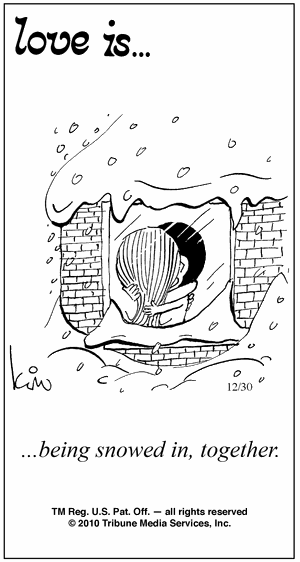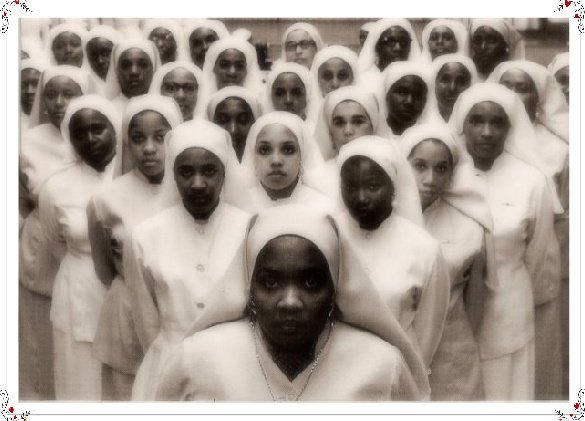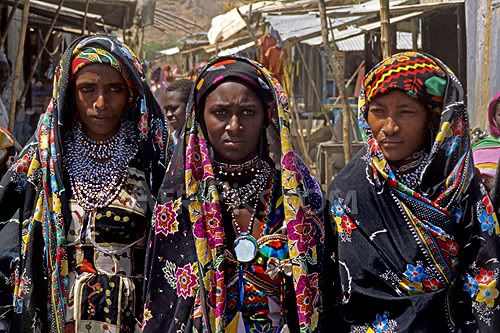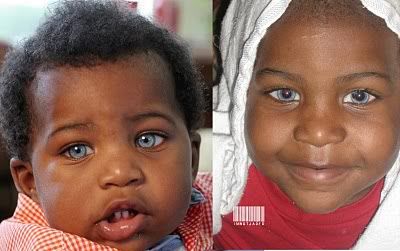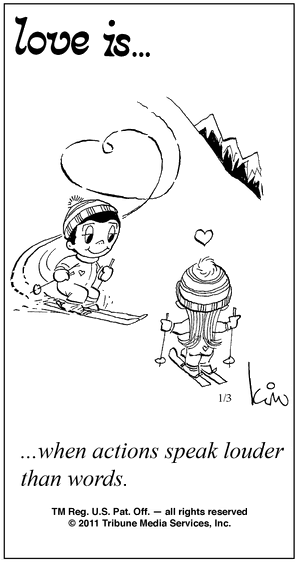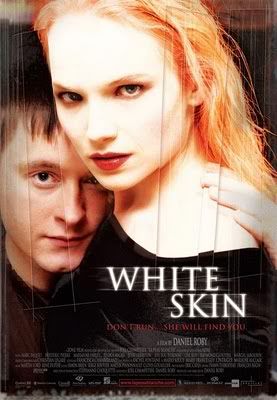
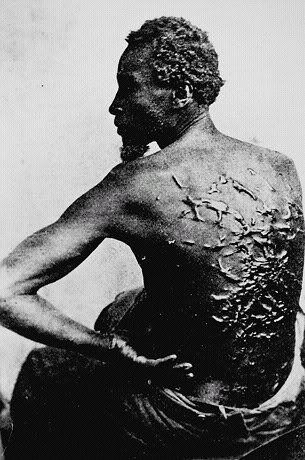

Shem Hotep ("I go in peace").

Blacks Buy Blue Eye Surgery
Continuing my pandering to Blue-eyed madness, I am compelled to write about idiots/people who pay big money to have blue implants surgically inserted into their eyes. Yep, you heard me, inserted as in carved! I first thought that this could not be true, but after various aging relatives had lenses implanted to remedy cataracts, I thought I better do some homework.
The procedure for quasi-permanently changing the color of one’s eyes involves implanting a colored, optic-neutral, lens behind the cornea and in front of the iris. Knowing a bit about how the eye works (don’t ask how), the first thing I wondered was how this implanted lens would not irritate either the cornea or iris while being held in place to give the owner those factory-fresh baby-blues? It is this potential to obstruct these two parts of the eye that would contribute to damage and the body’s immune response, all resulting in complications of a blinding nature.
The implants, commercially labeled NewColorIris™, are available from a Panamanian eye surgeon, Delray Alberto Khan. It is critical to note that the Khan (ironically pronounced “Con”) cosmetic procedure is not approved anywhere outside of the third-world (where it seems authorities do not care if doctors butcher patients). It also seems that Khan’s patients/victims are fond of having those damn things removed pronto, in an attempt to save their sight. I found one patient who seemed to be happy, for now (here).
Interestingly enough, there is an eye surgeon in Beverly Hills, Kerry K. Assil, who repairs and replaces damaged or congenitally missing (here) irises, presented as medical conditions. Assil’s implants, while potentially changing eye color, also reveal themselves, by not obscuring the entire original iris. However, Dr. Assil’s location in Beverly Hills, is suspicious, as 90210 is also the mecca of the cosmetic surgery industry. It would not surprise me if Assil was padding his account by making blue eyes bluer, on the QT, but this is only conjecture right now.
Caveat Emptor. Let the buyer beware.
Note: A Blue-eyed fellow like the one in the picture had his NewColorIris(tm) implants removed due to complications, and removal only cost him $16,000.

The Great Slavery Debate – An Introduction
Perhaps the most recurring historical truism of America is the need for Americans to move past slavery. Mind you, move past does not mean ‘get over it’, in the snide way some people admonish. At the front of the line of the many who need to move on are Black people. In therapeutic lingo, this means squarely facing the past then letting it go, so as not to impede the future.
This weekend I had a spirited debate with some family members, including my 19 year old daughter and her boyfriend. The young Black man, from Atlanta, was the most adamant contender that ‘our slavery’ was worst than previous instances, although he offered no specific difference, other than the distance that slaves were transported.
Others in the debate gave examples of the brutality of slavery in the South, from beatings, murders, assaults, to the wrenching apart of loved ones. My offering, that these treatments were within the range of treatments of slaves throughout human history, fell on deaf ears. Nope, the contention remained that ‘ours was worst and this is why Black people are so messed up today’.
Over the coming weeks/months, I will take a look at some questions about North American slavery, against the context of today. Why did it happen? Who benefited the most/least? Why did the founders adopt it, and then fight about it. Who was Jim Crow? What is the social and economic legacy? How has slavery history affected modern-day immigration? What lessons were learned/not learned?
If this weekend was any indicator, it might be kind of interesting.

The Great Slavery Debate: The Footing
The second most challenging aspect of a slavery discussion is not getting blasted out of the saddle, with your point-of-view still in the holster. Unless your words are something like, ‘slavery in America was the pinnacle of man’s inhumanity to man’, you barely stand a chance. This is because today’s discussion is most often against today’s morality, rather than the progress of that time. Of course, to say that America’s slavery was not the worst is nothing close to saying that it was anything less than bad. All slavery was/is bad for the enslaved, as well as the society.
The only relative comparison I will make is that the Atlantic slave trade objectively delivered more slaves from Africa to South America (over 5,000,000) than to the North (500,000), and by all accounts, those delivered to the south suffered a much higher mortality. Their life spans were short, only one to five years, due to the grueling work, mistreatment, and harsh conditions on plantations, in mines, and elsewhere. South American slave owners expected to get no more than a few years of hard labor from a slave, and they went about fulfilling this prophecy. The work was 7 days/week, 18 hours/day, no women, no children, bad food, no care, and no mercy.
The most challenging aspect of a slavery discussion is the notion that current Black plight, with respect to crime, unwed parenting, drug abuse et al, is somehow a function of the ‘slavery-at-it’s-worst’ label attached to the American colonies (British and French). I have yet to find a description of slavery, anywhere, or at anytime, that tracks to the dysfunction within today’s Black community. So, I think it must derive from another source. FYI, my authority on slavery is a book entitled, Slavery: A World History, by Milton Meltzer.
My objective, in this series, is not to deny or discount the negative impacts of slavery, then or now, nor is it to absolve its practitioners or their beneficiaries. I will discuss this later. Rather for now, I will say that dispassionate research indicates that current Black plight is not located at the intersection of the two, nor are any solutions. In its proper proportion, slavery informs us in critical ways. When taken out of proportion, it mostly blocks our view and advancement.

The Great Slavery Debate: Origins
Considering that most Americans cannot name all fifty states, or find S. Dakota on a map, it would not surprise me at all that those same folks think that slavery was invented, or re-invented, in the colonies now making up these United States. Unfortunately, what most Americans know of slavery was passed down from people who saw Alex Hailey’s fictionalized Roots mini-series. There is much more to slavery than this, as it has been going on for thousands of years.
Slavery began when hunter-gathering ended, some say about 11,000 years ago. Once agriculture advances produced more food than people in certain areas could eat, people began enslaving others, as they could afford to keep their captives fed. Before that, they simply killed their enemies without a blink. To help our perspective, during the 1,000 or so years of the Roman Empire, 100 million people in an around the Mediterranean area were enslaved.
The lives of slaves have rarely been ‘good’, as some would describe. Throughout time, slaves have been property not people. Their treatment, and very existence, has always been at the whim of their owners. This means they could be killed, assaulted, neglected, or simply worked to death, without repercussions. In most cases slave women bore offspring into slavery, both replenishing and growing the ranks.
Slavery has always been profitable and the foundation of commerce for all societies. Slavery commerce was often the aim/outcome of going to war, where entire societies were enslaved and sold as spoils. It is estimated that 25 to 50% of the world’s population has been enslaved at some time in history. So, the millions of slaves captured and delivered during the Atlantic Slave Trade hold no distinction other than the distance they were transported, and timing with the moral question of acceptability.
The taboo nature of slavery history has fostered a level of ignorance, all the way around, that hinders placing it in proper perspective.

Robyn I love you.
Love is a symbol of eternity. It wipes out all sense of time, destroying all memory of a beginning and all fear of an end. Love - a wildly misunderstood although highly desirable malfunction of the heart which weakens the brain, causes eyes to sparkle, cheeks to glow, blood pressure to rise and the lips to pucker. You learn to like someone when you find out what makes them laugh, but you can never truly love someone until you find out what makes them cry. Sometimes we make love with our eyes. Sometimes we make love with our hands. Sometimes we make love with our bodies. Always we make love with our hearts.
